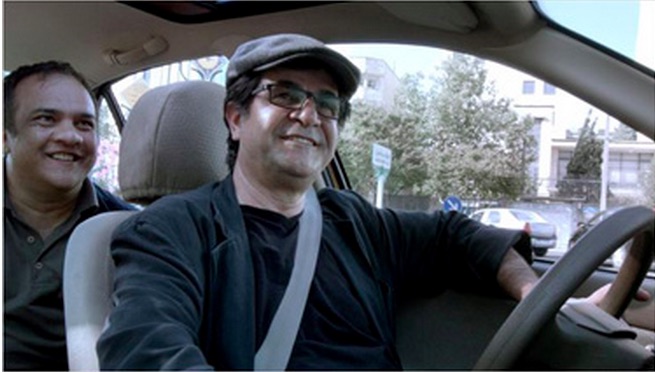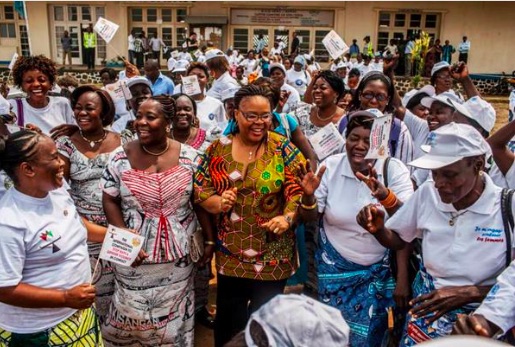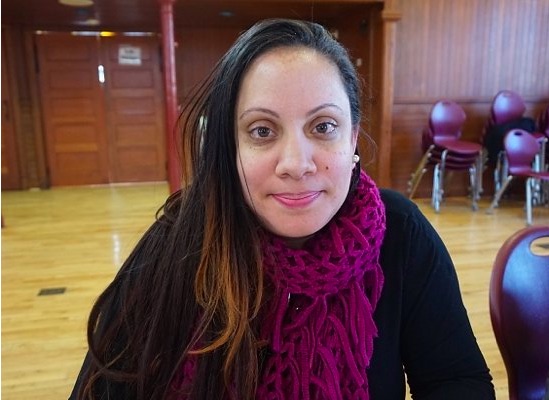. . THE ANTI-AUSTERITY SPRING . .
A few years ago we had the Arab spring. This year one might say we have the “Anti-austerity spring.”
It hit the major news media with the astonishing electoral victory of the Syriza political party in Greece. As the historian Frances Fox Piven reminds us, the victory reflects not only a political party but also a social movement against government austerity policies. As she puts it: “unlike a lot of American leftists, Syriza doesn’t say there are two different tracks—there are political parties and then there are movements. Instead, they work together. . . you see a dynamic in which movements can create space for a political party, especially a political party of the left.”
The electoral success of Syriza has encouraged other European political parties to take up the struggle against austerity. In Spain, Podemos has rapidly become a major political force. As Ryan Rappa and Irene Pañeda Fernández explain, “Podemos, like Syriza, rose out of widespread frustration with fiscal austerity, endemic corruption, and the failure of longstanding political parties to do anything about it.” Also like Syriza, it arose out of a social movement, the 2011 “15-M” anti-austerity movement . In France, the new anti-austerity political party, Nouvelle Donne, has grown out of a social movement named after the 1930’s New Deal of the American President at that time: “Le Collectif Roosevelt”. An especially interesting article describes a meeting in Paris where representatives of Syriza and Podemos described their tactics to a young audience of activists with Nouvelle Donne.
In Ireland, the new anti-austerity political party is the AAA (the Irish anti-austerity Alliance). Like Syriza (Alexis Tsipras, 41) and Podemos (Pablo Iglesias, 37), its leader is a dynamic young political figure, Paul Murphy, who is even younger (32).
Piven reminds us that political parties will have to make concessions, while social movements can remain militant. In that regard, CPNN carries reports from anti-austerity social movements in Germany and Canada. In Frankfurt, Germany, there have been demonstrations called “Blockupy”, inspired by the Occupy Wall Street movement a few years ago in the US. And in Montreal, Canada, the students have held demonstrations and launched a major student strike against austerity policies.
The anti-austerity movements were well represented last month at the World Social Forum where progressive social movements meet each year. This was the second year that the Forum took place in Tunisia, showing that the Arab spring is not completely dead!
We are reminded by Raffaele Morgantini and Tarik Bouafia that Europe is just confronting what Latin American countries, especially Argentina, Bolivia, Ecuador and Venezuela have been dealing with for decades now. Over the years, they turned against the imposed austerity policies of the World Bank and IMF. Because of this, they have been denounced by the major mass media who follow the line of the big international banks and their governmental partners, and they have been subjected to sabotage by the same imperialist forces that controlled their countries a few decades ago.
We have posed the question, “Movements against governmental fiscal austerity, are they part of the global movement for a culture of peace?” and we hope that CPNN readers will respond. Considering the reversals that followed the Arab spring, and the crushing of the Occupy Wall Street movement in the United States, the anti-austerity movement may not have a smooth road ahead of it. But taking a lead from Latin America, it may also be strong enough to prevail. If so, it will provide a good model for the global movement for a culture of peace.







